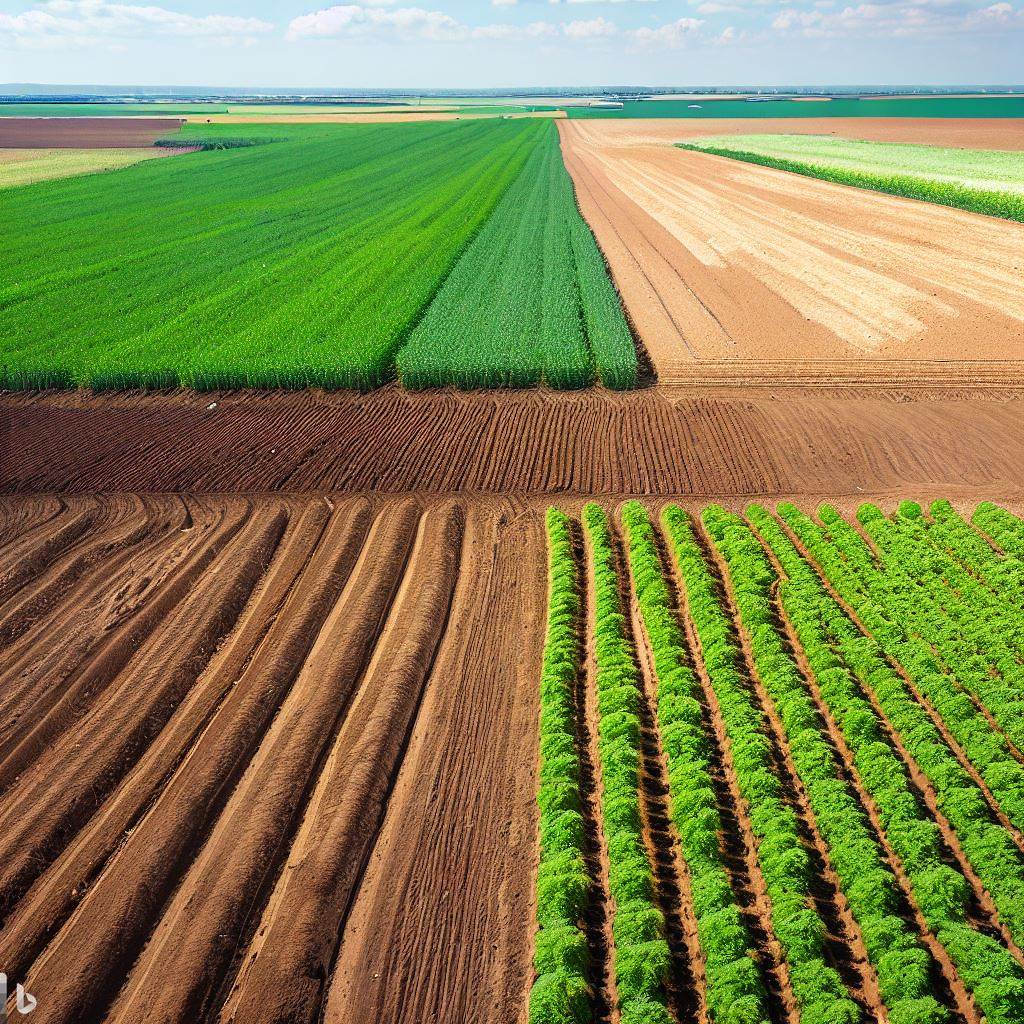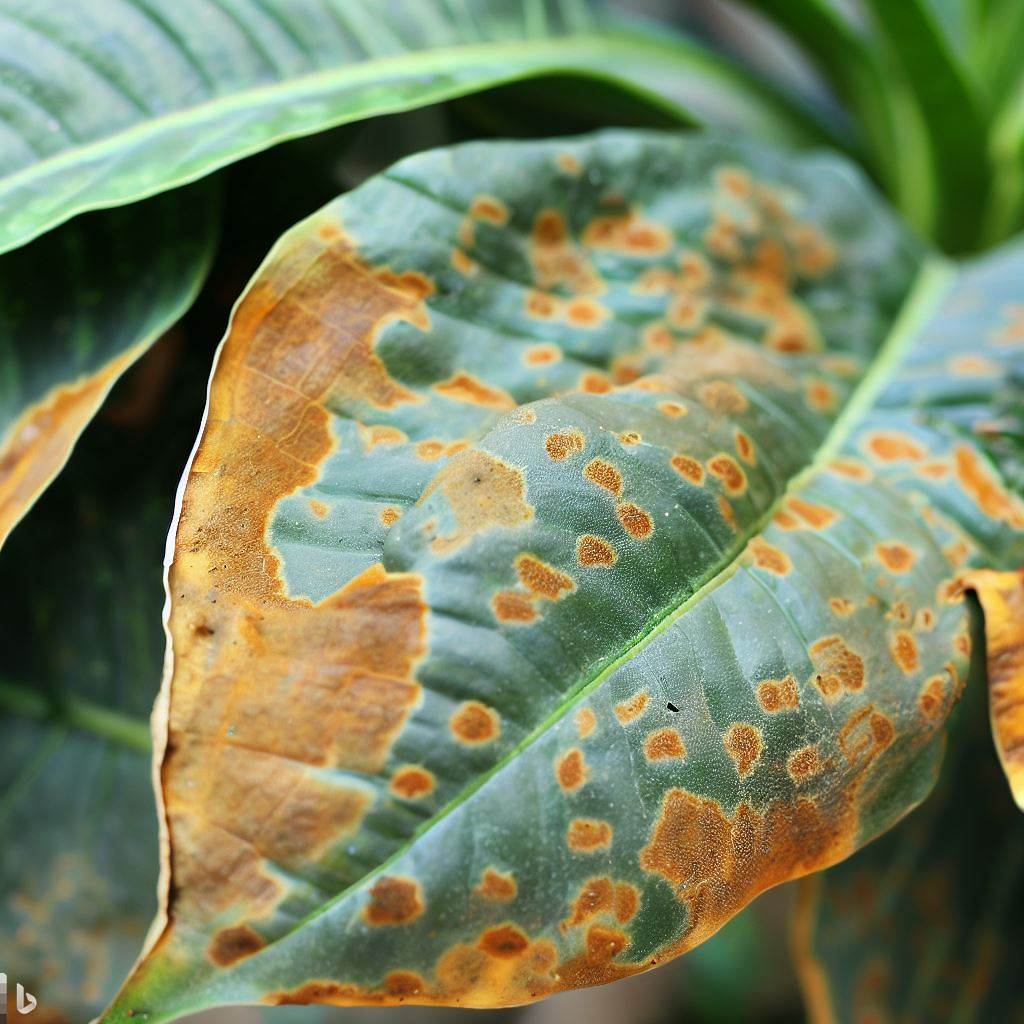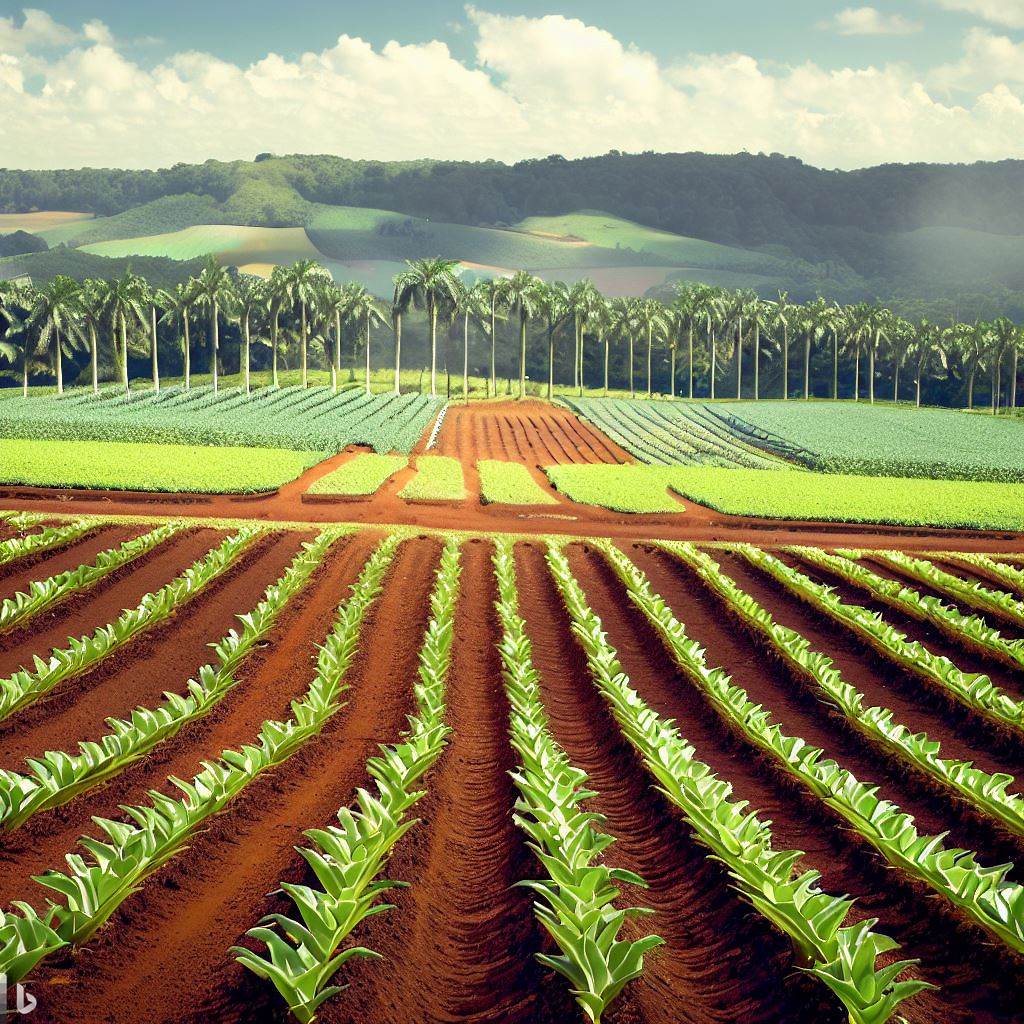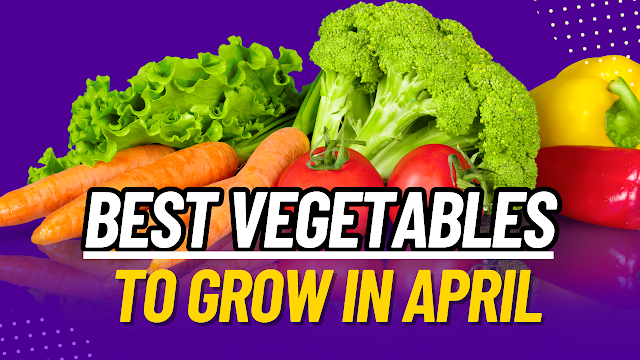Crop Diversification Introduction
In the realm of agriculture, crop diversification has emerged as a vital strategy to promote sustainable farming practices, mitigate risks, and bolster economic growth. By cultivating a variety of crops on the same farm, farmers can reduce dependence on a single crop, enhance soil health, increase biodiversity, and minimize the impact of pests and diseases. This article explores the concept of crop diversification, its benefits, and its role in ensuring long-term agricultural sustainability and economic prosperity.
Understanding Crop Diversification
Crop diversification refers to the practice of cultivating multiple crops on the same farmland instead of relying on a single crop. It involves strategic planning and the selection of suitable crops based on factors such as market demand, climate conditions, and soil characteristics. By diversifying their crop portfolio, farmers can mitigate risks associated with pests, diseases, and adverse weather events while maintaining long-term soil health and fertility.
Advantages of Crop Diversification

3.1 Enhancing Soil Health
Crop diversification plays a crucial role in maintaining soil health. Different crops have varied nutrient requirements and root structures, which helps prevent nutrient depletion and minimize soil erosion. Additionally, the inclusion of leguminous crops in rotations can fix atmospheric nitrogen, reducing the need for synthetic fertilizers and promoting sustainable farming practices.
3.2 Reducing Pest and Disease Risks
Monoculture, the practice of growing a single crop over large areas, can make farms more susceptible to pests and diseases. Crop diversification disrupts pestand disease cycles by reducing the availability of continuous hosts. Different crops attract different pests, reducing their overall impact. This helps decrease the reliance on pesticides and promotes natural pest control methods, such as biological control agents and companion planting.
3.3 Boosting Biodiversity
Crop diversification contributes to increased biodiversity on farmlands. By cultivating a variety of crops, farmers create habitats for different plant and animal species. This promotes beneficial insects, pollinators, and natural predators, which contribute to the overall ecological balance of the farm. Increased biodiversity also supports ecosystem services such as nutrient cycling, soil improvement, and water regulation.
3.4 Managing Climate Variability
Climate change brings about increased uncertainty in weather patterns, making crop production more vulnerable to extreme events. Crop diversification helps farmers manage climate variability by spreading the risk across different crops. Diverse cropping systems can better withstand droughts, floods, heatwaves, and other climatic stresses, ensuring more stable yields and income for farmers.
Implementing Crop Diversification

4.1 Assessing Market Demand and Profitability
Before implementing crop diversification, it is essential to assess market demand and profitability. Farmers should research consumer trends, identify niche markets, and understand the potential economic returns of different crops. This information helps make informed decisions about crop selection and ensures the viability of diversified farming systems.
4.2 Rotational Farming Systems
One of the most common approaches to crop diversification is the adoption of rotational farming systems. In this practice, crops are grown sequentially in a planned sequence, ensuring that different crop families are cultivated over time. Rotations can help break pest and disease cycles, improve soil fertility, and manage weed pressure effectively.
4.3 Intercropping and Polyculture
Intercropping involves growing two or more crops simultaneously in the same field, while polyculture refers to the cultivation of multiple crops together in a mixed pattern. Both methods maximize land productivity, optimize resource use, and provide ecological benefits. Intercropping can also help enhance pest control and increase overall farm resilience.
4.4 Agroforestry Systems
Agroforestry combines the cultivation of trees or shrubs with agricultural crops, creating a multi-layered and diverse farming system. Agroforestry offers a range of benefits, including improved soil structure, enhanced water retention, carbon sequestration, and additional income streams from tree products. It also provides shade and windbreaks, benefiting the growth of understory crops.
Challenges and Potential Solutions

5.1 Knowledge and Technical Support
Implementing crop diversification requires access to knowledge and technical support. Farmers need information on suitable crop combinations, pest management strategies, and sustainable farming practices. Agricultural extension services, research institutions, and farmer-to-farmer networks can play a crucial role in disseminating information and providing training opportunities.
5.2 Market Access and Infrastructure
One of the challenges for farmers practicing crop diversification is ensuring adequate market access and infrastructure. Diversified crops often cater to niche markets, requiring specialized distribution channels and value-added processing facilities. Developing robust market linkages, supporting local food systems, and improving infrastructure can help overcome these barriers.
5.3 Financial Considerations
Transitioning from monoculture to diversified systems may require initial investments in infrastructure, equipment, and knowledge acquisition. Access to affordable credit, grants, and subsidies can support farmers in adopting crop diversification. Governments and financial institutions can develop targeted financial mechanisms to incentivize and assist farmers during this transition.
5.4 Transitioning from Monoculture to Diversified Systems
Shifting from monoculture to diversified systems can be challenging for farmers accustomed to traditional practices. Providing training programs, demonstration plots, and peer learning platforms can facilitate knowledgetransfer and encourage farmers to embrace crop diversification. Collaboration with agricultural extension services, NGOs, and community organizations can help farmers navigate the transition process effectively.
Case Studies of Successful Crop Diversification
6.1 Case Study 1: Sustainable Vegetable Farming in India
In India, small-scale farmers have successfully implemented crop diversification through sustainable vegetable farming. By growing a variety of high-value vegetables, such as tomatoes, bell peppers, and leafy greens, farmers have improved their income while ensuring soil health and reducing pest risks. Cooperatives and farmer collectives have played a significant role in organizing markets and providing technical support.
6.2 Case Study 2: Organic Farming Practices in California
In California, organic farmers have embraced crop diversification as a cornerstone of sustainable agriculture. By combining cash crops like strawberries and tomatoes with cover crops, legumes, and rotational grains, farmers have experienced increased soil fertility, improved pest management, and reduced reliance on synthetic inputs. Direct marketing channels and community-supported agriculture models have facilitated the sale of diverse produce.
6.3 Case Study 3: Agroforestry Systems in Brazil
Brazil has seen successful adoption of agroforestry systems, particularly in the Amazon region. By integrating fruit trees, timber species, and food crops, farmers have achieved ecological restoration, enhanced biodiversity, and diversified income streams. Agroforestry has not only supported sustainable agriculture but also contributed to the conservation of the Amazon rainforest.
The Future of Crop Diversification
7.1 Technological Advancements and Precision Agriculture
Advancements in technology, such as remote sensing, precision agriculture, and data analytics, hold immense potential for optimizing crop diversification. These tools can help farmers make informed decisions about crop selection, pest management, and resource allocation. The integration of digital platforms and mobile applications can also enhance knowledge-sharing among farmers.
7.2 Policy Interventions and Government Support
To promote crop diversification, governments can implement supportive policies and incentives. These may include research and development funding, subsidies for diversified farming practices, and market linkages for niche crops. Governments can also collaborate with international organizations and research institutions to exchange best practices and develop comprehensive strategies.
7.3 Education and Awareness Campaigns
Educating farmers about the benefits of crop diversification and sustainable farming practices is crucial for widespread adoption. Awareness campaigns, farmer field schools, and training programs can empower farmers with the necessary knowledge and skills. Integration of crop diversification concepts into agricultural curricula can also foster a future generation of farmers committed to sustainable practices.
Conclusion
Crop diversification is a powerful strategy that enhances agricultural sustainability, mitigates risks, and promotes economic growth. By cultivating multiple crops on the same farmland, farmers can improve soil health, manage pests and diseases, boost biodiversity, and adapt to climate variability. However, the successful implementation of crop diversification requires knowledge, market access, and supportive policies. With concerted efforts from farmers, governments, and stakeholders, crop diversification can pave the way for a resilient and prosperous agricultural future.
FAQs
9.1 What is the definition of crop diversification?
Crop diversification refers to the practice of cultivating multiple crops on the same farmland instead of relying on a single crop. It helps mitigate risks, enhance soil health, and promote sustainable farming practices.
9.2 How does crop diversification benefit the environment?
Crop diversification contributes to increased biodiversity, improved soil health, reduced pest and disease risks, and enhanced resilience to climate variability. It supports ecological balance and promotes sustainable farming systems.
9.3 Can small-scale farmers implement crop diversification?
Yes, small-scale farmers can implement crop diversification. By selecting suitable crops, accessing knowledge and support, and developing market linkages, small-scale farmers can successfully adopt crop diversification practices and benefit from its advantages.
9.4 Are there any potential risks associated with crop diversification?
While crop diversification offers numerous benefits, there are potential risks to consider. These include market volatility for niche crops, initial investment costs, and the need for knowledge and technical expertise. However, with proper planning and support, these risks can be minimized.
9.5 How does crop diversification contribute to food security?
Crop diversification enhances food security by reducing the dependency on a single crop. It ensures a diverse range of food sources, reduces vulnerability to crop failures, and increases resilience in the face of climate change and other challenges. Crop diversification also supports local food systems and promotes nutritionally diverse diets.





